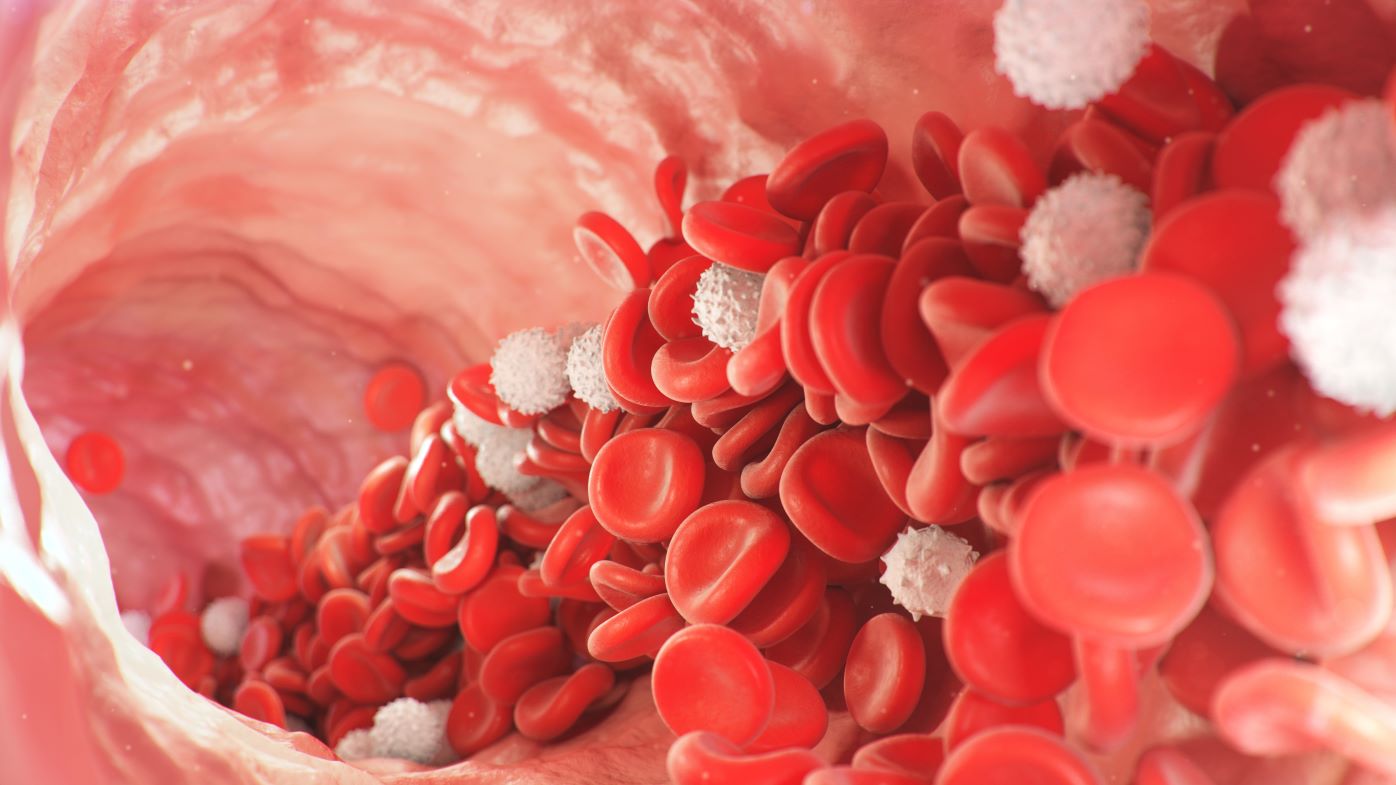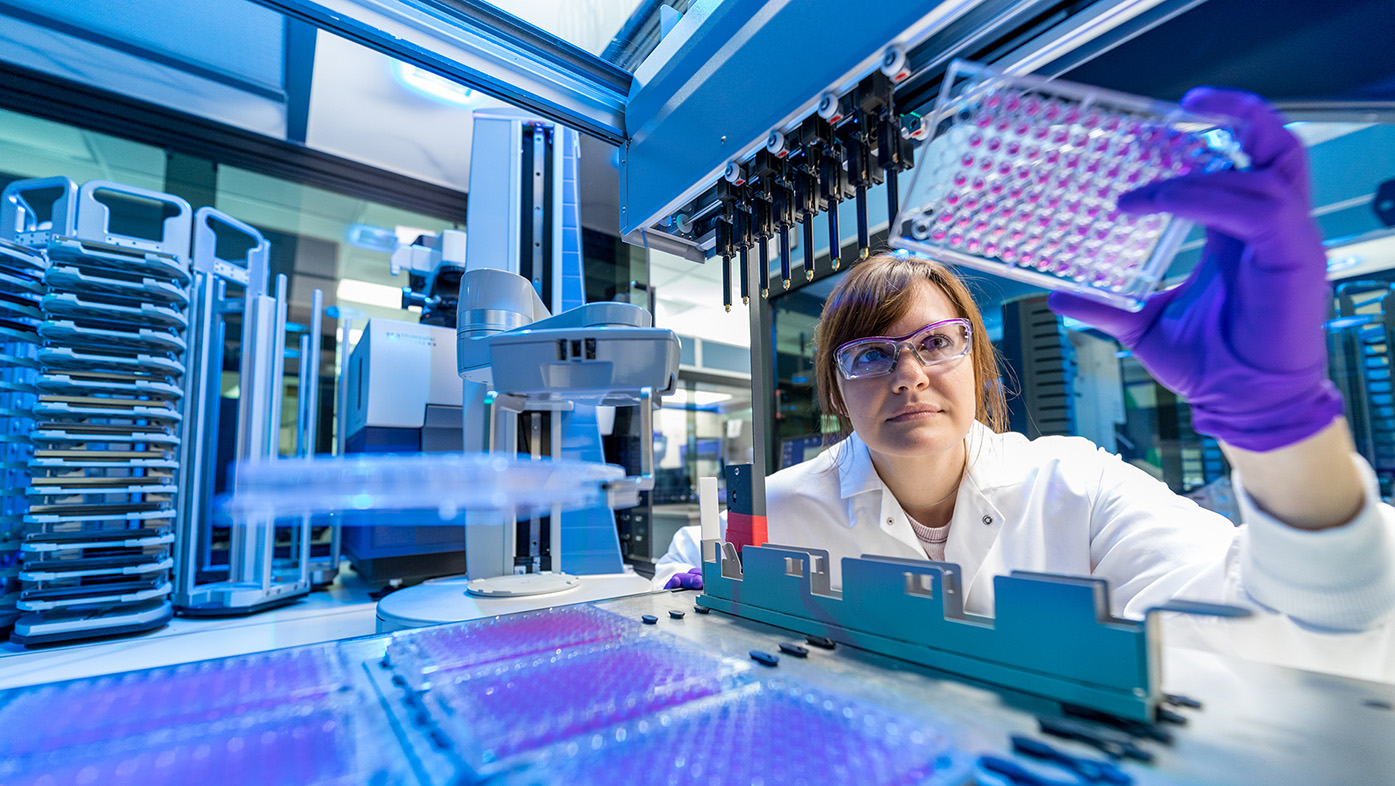Hematology is one of the most complex and rapidly evolving areas of medicine today. As an oncologist and now lead of hematology development for Bristol Myers Squibb, I’ve had the privilege of working alongside our teams to drive new research across a wide range of blood diseases where progress has been urgently needed—progress for patients that not only extends survival outcomes but also improves how people live with blood disorders.
One of these disorders is myelodysplastic syndromes (MDS), a heterogeneous group of bone marrow cancers marked by blood cell deficiencies and risk of progression to more aggressive disease. Historically, patients have faced tremendous challenges in managing their anemia, a hallmark complication of the disease, which can lead to a range of potentially serious health complications and create a significant burden on quality of life.
The challenge of MDS patient identification
Bone marrow progenitor cells in patients with MDS will eventually acquire more genetic mutations and cytogenetic abnormalities. These genetic abnormalities create higher disease complexity driving both risk for disease complications such as anemia and thrombocytopenia, and also transformation to acute myeloid leukemia (a difficult to treat disease with high mortality).
The median age of diagnosis for patients with MDS is approximately 70. It is not surprising, therefore, that MDS diagnosis is often delayed because patients may attribute anemia symptoms, such as fatigue and shortness of breath, to the aging process.
This hesitancy for some to share symptoms they are experiencing with their doctor, combined with a current lack of a standardized screening approach, has made the disease more difficult to identify early and accurately.
Anemia, however, should not be accepted as an inevitable consequence of aging with this disease, and managing its debilitating effects should continue to be a top priority of MDS treatment.
Ingrained patterns of care are no longer enough for many patients
The treatment strategy for MDS is dictated by disease severity, with approximately 40% of patients having a higher risk of developing a type of rapidly progressing blood cancer called acute myelogenous leukemia (AML). Patients with higher-risk MDS are typically treated with more aggressive therapies, such as stem cell transplantations, to prevent AML progression. Unfortunately, many patients are ineligible for these intensive treatments due to advanced age and comorbidities.
For patients with lower-risk MDS, although standard-of-care treatments, including erythropoiesis-stimulating agents (ESAs), can alleviate anemia in some patients, others will either not respond or become resistant to therapy.
In many cases, patients may require frequent transfusions of healthy donor blood cells to overcome the deficiencies caused by MDS. Though effective at restoring healthy blood cell levels, many patients become dependent on these transfusions for years, placing them at a greater risk of developing iron overload. This excessive iron accumulation can pose significant additional risks, including organ damage, diabetes, and osteoporosis which often require patients to receive iron-removing agents simultaneously.
Beyond these risks, transfusion dependence also places an enormous quality of life burden on patients and their caregivers, interfering with their daily routines and restricting their ability to travel. Moreover, relying on transfusions in this manner also stresses the blood supply in many countries, which can impact not only patients with MDS, but also others relying on this precious blood supply network.
Given the later onset of MDS in patients, the likelihood of resistance with ESAs and risks and burdens associated with long-term blood transfusions, physicians will often opt for a “watch and wait” approach, wherein patients with lower-risk disease are held off from treatment and, instead, monitored until anemia symptoms worsen. Our goal, however, is to ensure that treatment options are available to address the disease early and effectively while preserving patients’ quality of life.
Innovating beyond “watch and wait”
Fortunately, the MDS treatment landscape has seen unprecedented new developments within the last few years, including options designed to reduce dependence on blood transfusions, and Bristol Myers Squibb continues to be at the forefront of this innovation.
Identifying the underlying genetic causes of disease, to better inform patient care, is another important objective of contemporary MDS research. Next-generation sequencing technologies have uncovered underlying mutations in families of genes critical for the development and functioning of bone marrow progenitor cells (e.g., spliceosome, methylation, DNA repair mutations). These mutations and the proteins they generate are being investigated as novel biomarkers and therapeutic targets in the management of MDS.
Addressing the long-term transfusion burden and complications of MDS-associated anemia will require awareness and multidisciplinary approaches among healthcare providers. As new therapies emerge, seamless integration of these innovations into healthcare systems will be required to ensure patients are not unnecessarily “watching and waiting” for an effective option that may already be available.




